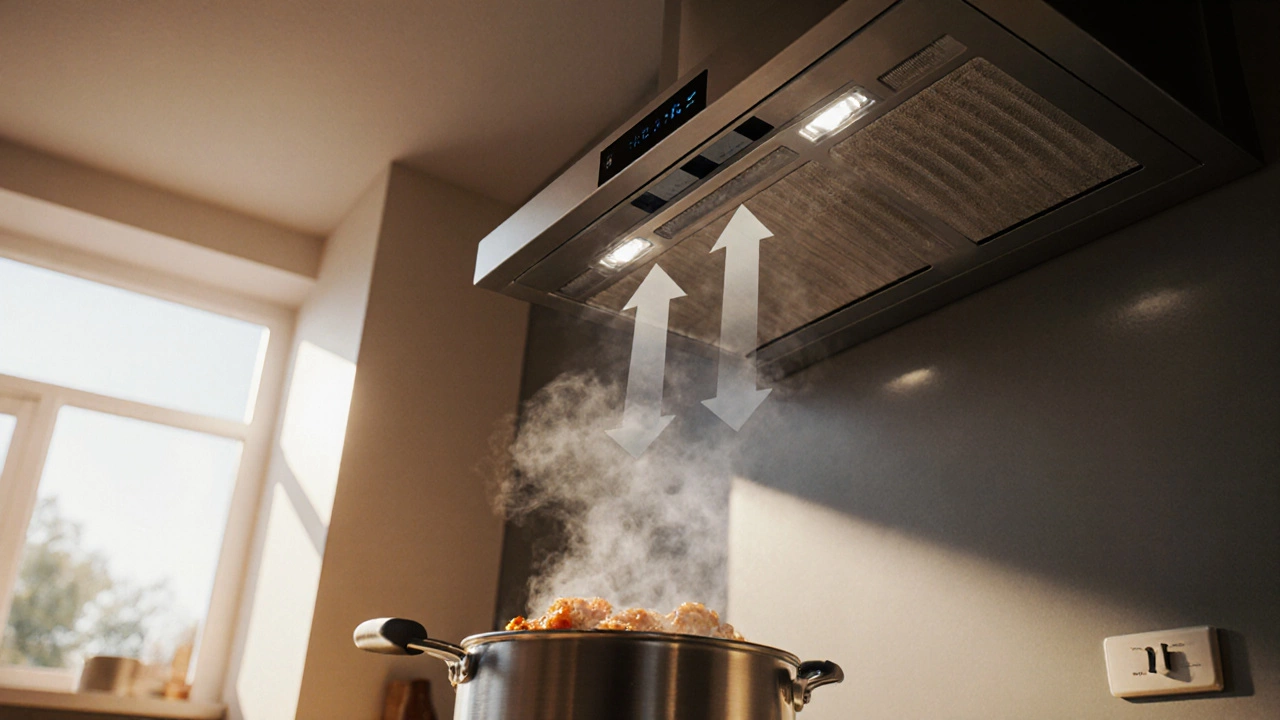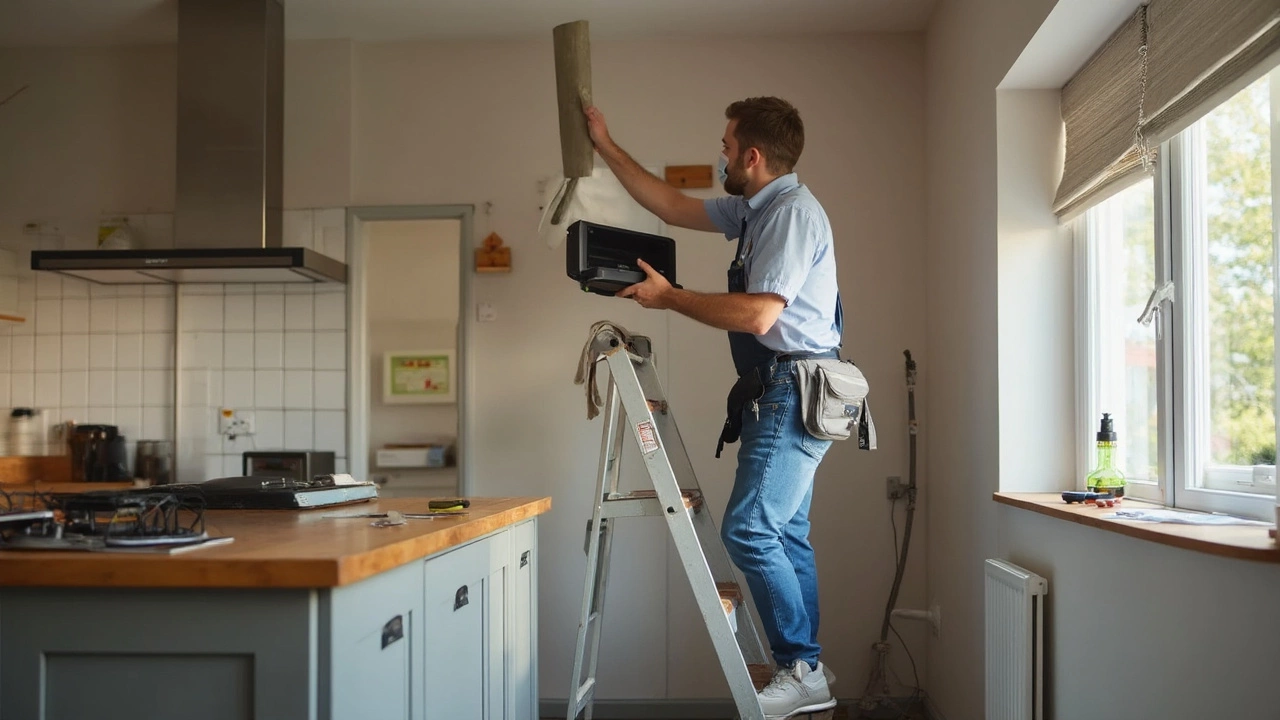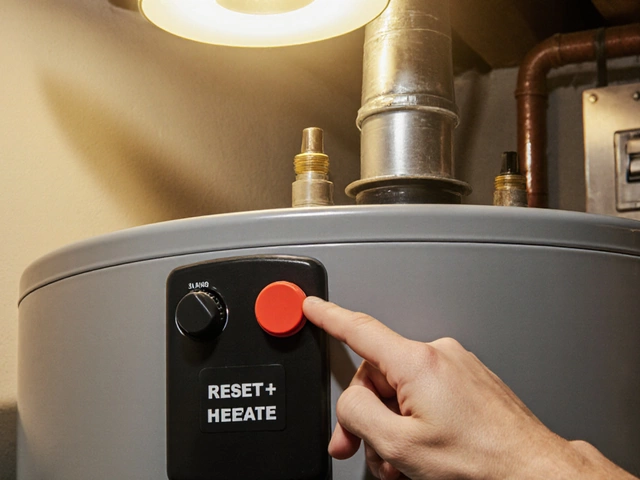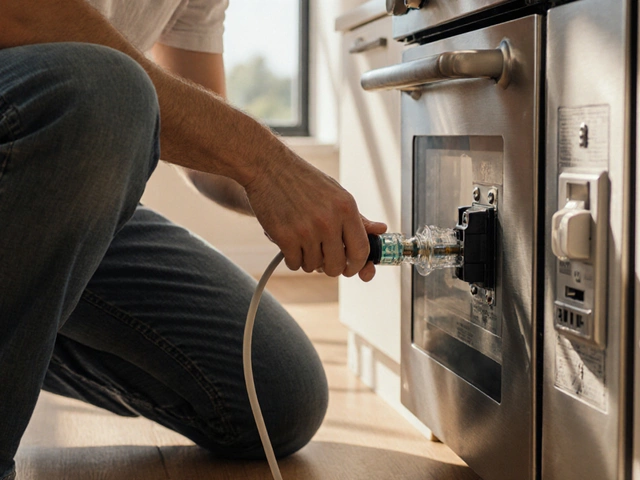Cooking creates steam, smells, and sometimes a bit of smoke. Without good ventilation those things linger, making the whole house feel stuffy. The heart of kitchen ventilation is the extractor fan, and knowing when it needs help can save you money and headaches.
Most homeowners think a fan either works or it doesn’t. In reality there are a few middle steps – noisy blades, weak suction, or a clogged filter. Spotting these early means you can fix the problem yourself or call a pro before the whole unit quits.
If your fan is more than 8‑10 years old, start checking the performance yearly. Look for these signs:
These clues usually mean the motor bearings are wearing out or the fan blades are bent. A brand‑new fan will restore suction and cut down on energy use, so if you notice any of the above, plan a replacement.
Replacing a fan isn’t rocket science. With a screwdriver, a ladder, and a bit of patience you can do it in under an hour. Here’s a quick rundown:
If the new fan doesn’t feel right, double‑check the wiring connections and make sure the unit is level. An uneven fan can cause wobble and noise later on.
Most modern extractor fans come with a built‑in timer or humidity sensor. These features automatically turn the fan on when steam is detected, which helps keep the kitchen dry without you having to think about it.
Keeping the fan clean is also crucial. Every few months, wipe the outer cover with a damp cloth and, if the model allows, pull out the filter and wash it with warm, soapy water. A clean filter means better airflow and less strain on the motor.
When you’re choosing a new fan, consider the size of your kitchen. A small 50‑mm duct works for a compact cooking area, but larger spaces benefit from a 100‑mm duct for stronger extraction. It’s a small detail that makes a big difference in performance.
Finally, if you run into complicated wiring or notice burnt marks, call a qualified electrician. Dealing with electricity can be risky, and a professional will ensure everything meets UK safety standards.
Good kitchen ventilation isn’t a luxury – it’s essential for a comfortable, safe home. By watching for the warning signs, cleaning regularly, and swapping out an old fan when needed, you’ll keep your kitchen smelling fresh and your energy bills in check.

Find out if leaving your extractor fan on is safe, how much energy it uses, and the best practices to protect your home while keeping the kitchen fresh.

Trying to figure out if you need a ventilation fan or an extractor fan? This article breaks down the differences between the two, explains how each one works, and shares tips for choosing and maintaining the right fan for your home. You’ll also pick up advice on recognizing issues, making easy repairs, and knowing when it's time to replace. If you’ve got problems with humidity, bad smells, or stuffy air, this guide is for you.

Wondering if you can swap out an extractor fan without calling in a pro? This article breaks down what it really takes to replace an extractor fan yourself, from the easy steps to watch-outs that could trip you up. Learn which tools you’ll need, how to stay safe with electricity, and where to draw the line and call an expert. Get helpful tips and facts straight from a practical perspective. Perfect for anyone ready to tackle a home repair without risking their safety or their ceiling.

Extractor fans play a pivotal role in maintaining air quality in kitchens and bathrooms by expelling moisture, odors, and smoke. If your extractor fan suddenly stops working, it can lead to persistent humidity or unpleasant smells. This guide provides practical steps for diagnosing and fixing common issues that can cause an extractor fan to malfunction. From checking power supply and fuses to cleaning and replacing parts, understanding the intricacies can save you time and money. By following these steps, you can restore your extractor fan’s functionality and maintain a comfortable home environment.

Learn how to safely reset both electric and gas hot water heaters, troubleshoot common issues, and know when to call a professional.

Thinking about repairing your cooker? This guide covers repair costs, when to fix or replace, and expert tips to help you decide what's best.

Figuring out whether to repair or replace a 10-year-old range can save money and hassle. This article explores cost considerations, common issues, and when to opt for repair versus replacement. Additionally, discover maintenance tips to extend your range’s life. Make informed decisions with a detailed look into repair pros and cons. Navigate the world of kitchen appliances with confidence.

Learn why your electric oven suddenly stopped working, diagnose power, element, thermostat or safety fuse issues, and decide when to DIY or call a repair professional.

In the business world, appliances aren't just about the gadgets in your kitchen; they're tools and strategies central to operations. From simplifying daily tasks to enhancing efficiency, appliances play pivotal roles in various business aspects. Understanding their function means knowing how technology, devices, and smart systems integrate into business to drive productivity. Delving into real-life examples, this article provides insights and tips on leveraging appliances effectively.